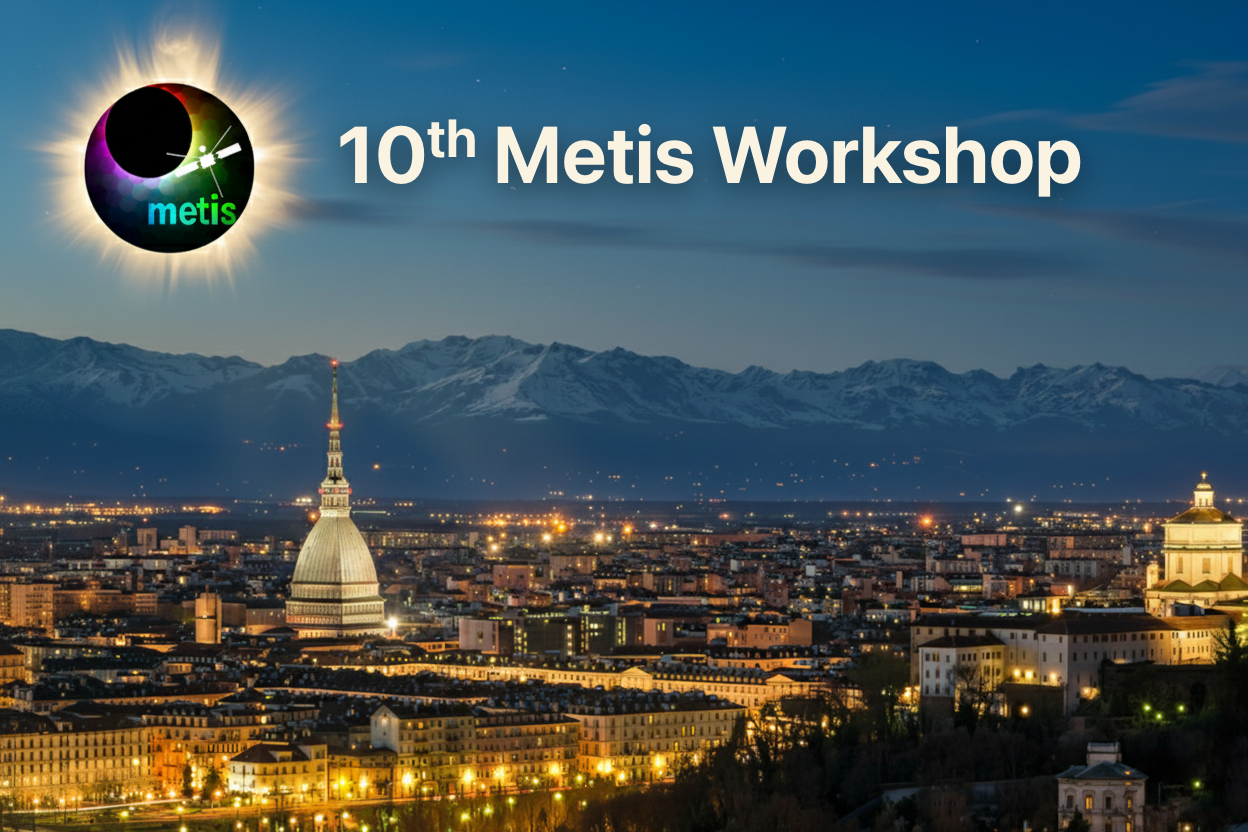
Solar Orbiter, successfully launched on February 10, 2020, is currently completing its nominal mission phase, which began in late 2021 and is scheduled to run through December 2026. Following the Venus gravity assist maneuver in January 2025, Solar Orbiter’s orbit is now inclined up to 17° relative to the ecliptic plane. If the extended mission, currently under evaluation, is approved, this inclination will increase significantly, reaching up to 34°.
Solar Orbiter’s science payload, composed of both remote-sensing and in-situ instruments, has already enabled studies of the Sun at closer heliocentric distances than the planet Mercury.
The Metis coronagraph (https://metis.oato.inaf.it/) obtains simultaneous images of the full solar corona in hydrogen Lyman-α and polarized visible light. It covers a field of view from 1.6° to 3° with unprecedented spatial and temporal resolution. The detailed analysis of these images, particularly in synergy with data collected by other missions—such as Parker Solar Probe (PSP), the recently launched CODEX, Proba3, and PUNCH—is yielding new insights into the dynamic phenomena occurring in the corona.
The 10th Metis Workshop will be dedicated to an extended discussion with the solar and heliospheric community. We will review results from investigations already carried out and those currently underway, while also exploring future prospects for new studies, with a particular emphasis on the science enabled by the spacecraft's out-of-ecliptic mission phase.
Important dates
- Monday November 17th 2025: Registration and abstract submission open.
- Monday December 15th 2025: Deadline for abstract submission.
- Monday January 12th 2026: Notification about abstract acceptance.
- Friday January 16th 2026: Deadline for early bird registration.
